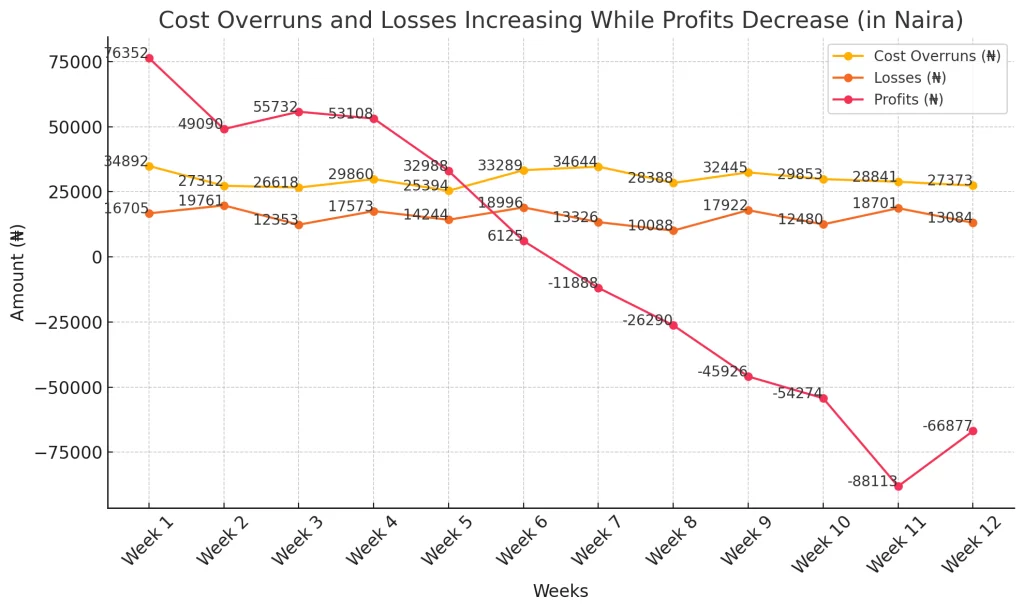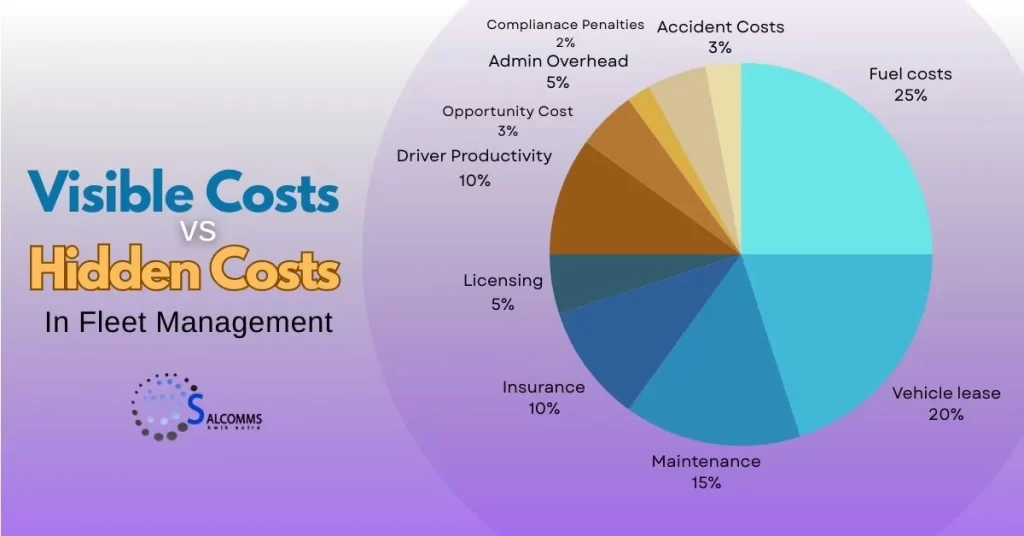While obvious expenses like vehicle purchases and fuel are usually very visible and well-known, there are some hidden costs that can silently erode your budgets and impact your operations.
In this article, you will learn some of these overlooked expenses and how to manage them effectively.

1. Understanding Fleet Management Costs
Fleet management encompasses various costs beyond initial investments. These include maintenance, repairs, fuel, insurance, and administrative expenses. According to industry data, maintenance alone can account for up to 40% of a fleet’s total operating costs.
2. The Impact of Poor Fleet Maintenance
Neglecting regular maintenance leads to higher repair costs and increased downtime. For example, failing to replace worn-out parts promptly can result in costly breakdowns during operations. This underscores the importance of proactive maintenance schedules and using reliable fleet maintenance software.


3. Hidden Costs in Fleet Fuel Management
Fuel costs are a significant expense for fleets. However, hidden costs such as fuel theft and inefficiencies due to poor tracking systems can add up quickly. Implementing robust fuel management systems with real-time monitoring can mitigate these risks and reduce overall fuel expenditures.
4. Importance of Fleet Maintenance Software
Investing in the right fleet maintenance software is crucial for cost management. Modern software solutions offer features like predictive maintenance scheduling, vehicle tracking, and integration with fuel management systems.
This not only improves operational efficiency but also helps in optimizing maintenance schedules to reduce downtime.
Key Benefits of Using a Comprehensive Fleet Management System
- Improved Efficiency: Automates routine tasks and optimizes routes, reducing downtime and fuel consumption.
- Enhanced Safety: Monitors driver behavior and vehicle conditions, helping prevent accidents and ensuring compliance with safety regulations.
- Cost Reduction: Identifies and eliminates inefficiencies, such as excessive idling or unauthorized vehicle use, leading to significant cost savings.
- Better Asset Management: Provides real-time data on vehicle locations, maintenance schedules, and usage patterns, prolonging the lifespan of fleet assets.
- Regulatory Compliance: Ensures adherence to industry standards and legal requirements, avoiding fines and penalties.
- Data-Driven Decision Making: Offers comprehensive analytics and reporting, enabling informed decisions to improve overall fleet performance.
- Customer Satisfaction: Enhances service reliability and punctuality, leading to improved customer satisfaction and loyalty.
5. Strategies to Reduce Fleet Management Costs
Effective cost-saving strategies include implementing
- predictive maintenance,
- optimizing routes to reduce fuel consumption, and
- training drivers on more efficient driving practices.


Steps to Implement Cost-Saving Strategies in Fleet Operations
- Conduct a Fleet Audit: Assess current operations, identify inefficiencies, and determine areas for improvement.
- Adopt Fuel-Efficient Practices: Implement driver training programs focused on fuel-efficient driving techniques and use telematics to monitor fuel consumption.
- Optimize Route Planning: Use GPS and route optimization software to plan the most efficient routes, reducing travel time and fuel usage.
- Regular Maintenance: Schedule routine maintenance to prevent costly repairs and extend the life of your vehicles.
- Monitor Driver Behavior: Use telematics to track and improve driving behavior, reducing accidents and wear and tear on vehicles.
- Utilize Fleet Management Software: Invest in comprehensive software to manage all aspects of fleet operations, from dispatching to maintenance scheduling.
- Implement a Preventive Maintenance Program: Establish a preventive maintenance schedule to address issues before they become major problems, saving on repair costs.
- Evaluate Vehicle Utilization: Regularly review vehicle usage data to ensure all assets are being used efficiently and retire underutilized vehicles.
- Leverage Data Analytics: Use data analytics to gain insights into operational patterns and make data-driven decisions to enhance efficiency.
- Negotiate with Suppliers: Establish strong relationships with suppliers and negotiate better rates for fuel, parts, and services.
6. Future Trends in Fleet Management Cost Control
Looking ahead, advancements in technology such as AI and IoT will play pivotal roles in reducing fleet management costs. These innovations offer opportunities for real-time data analysis, proactive maintenance, and predictive analytics, thereby optimizing fleet operations and minimizing unforeseen expenses.
Conclusion
Our end-to-end telematics solutions help you to deeply understand your data and address these hidden costs through proactive measures before they get out of hand.
Are you ready to achieve significant savings in your fleet operations?